Pulitzer Center Update April 27, 2016
Interpreting Global Issues Through Picasso's Guernica
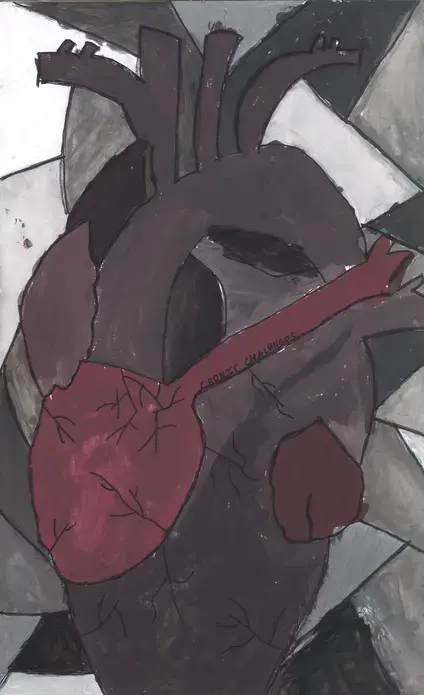
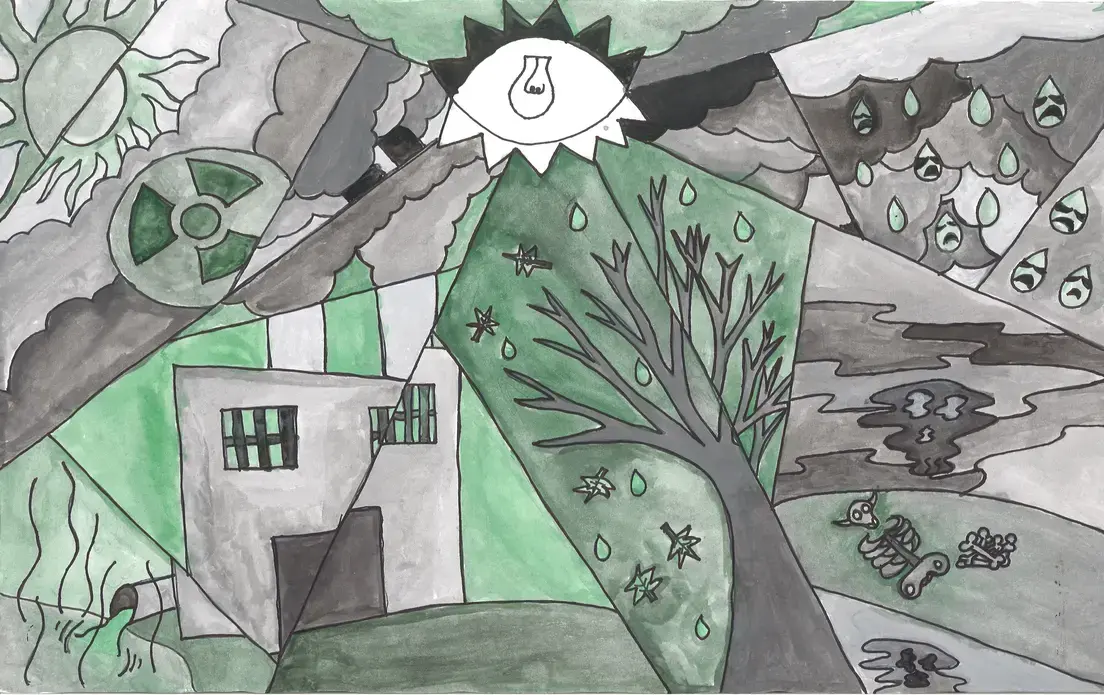
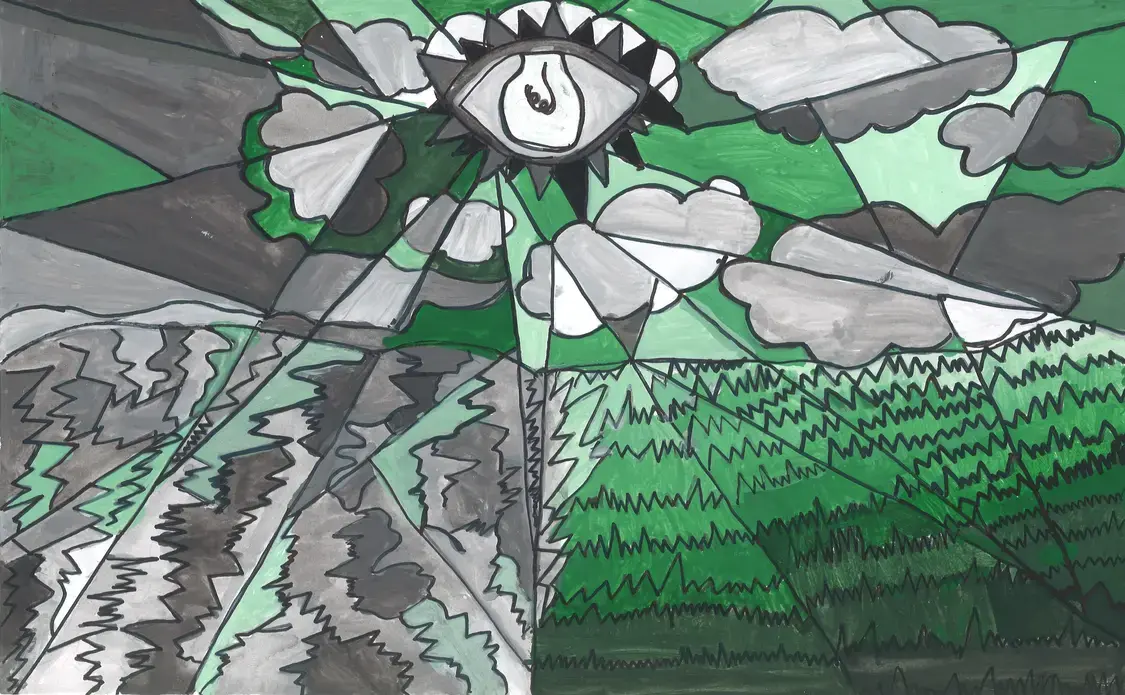
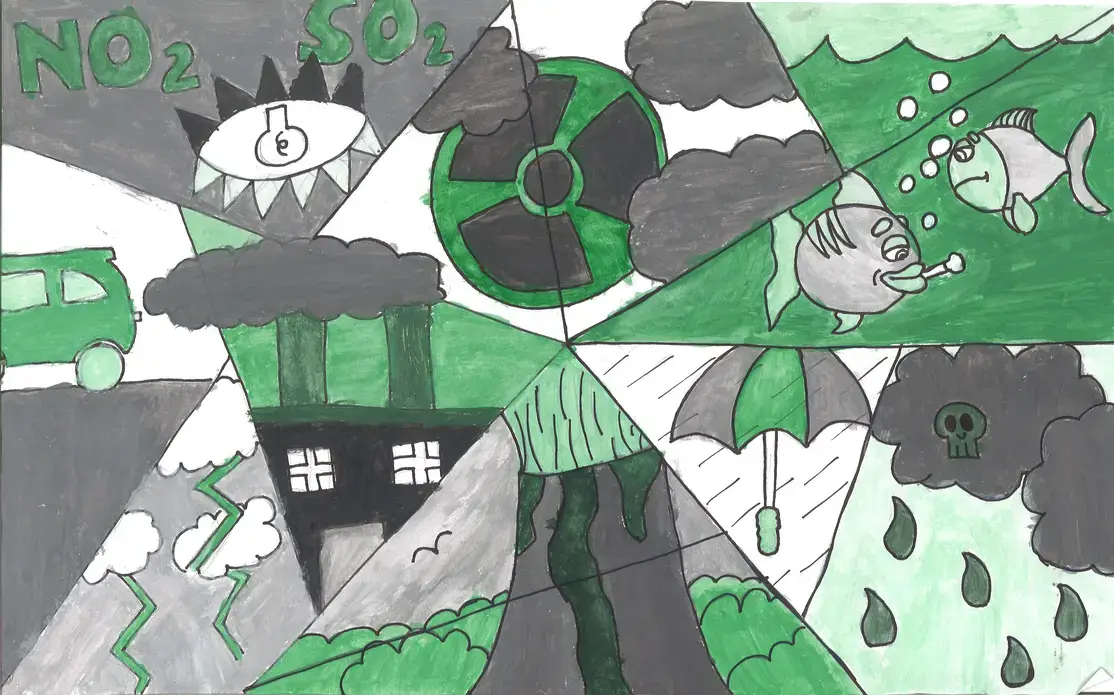

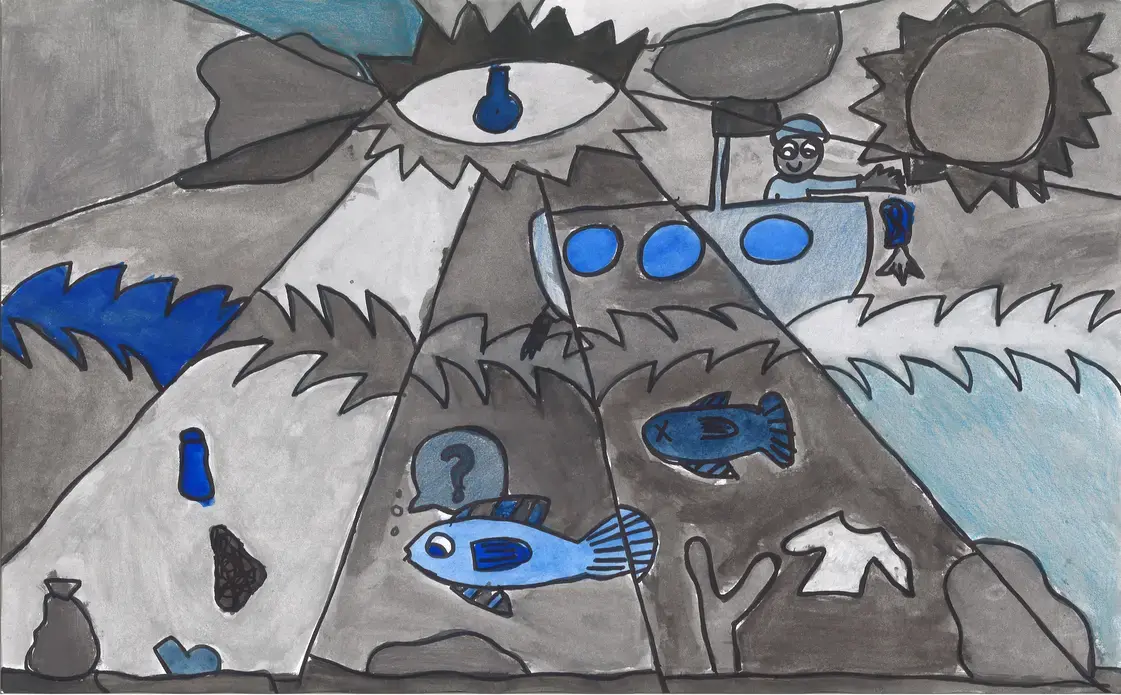
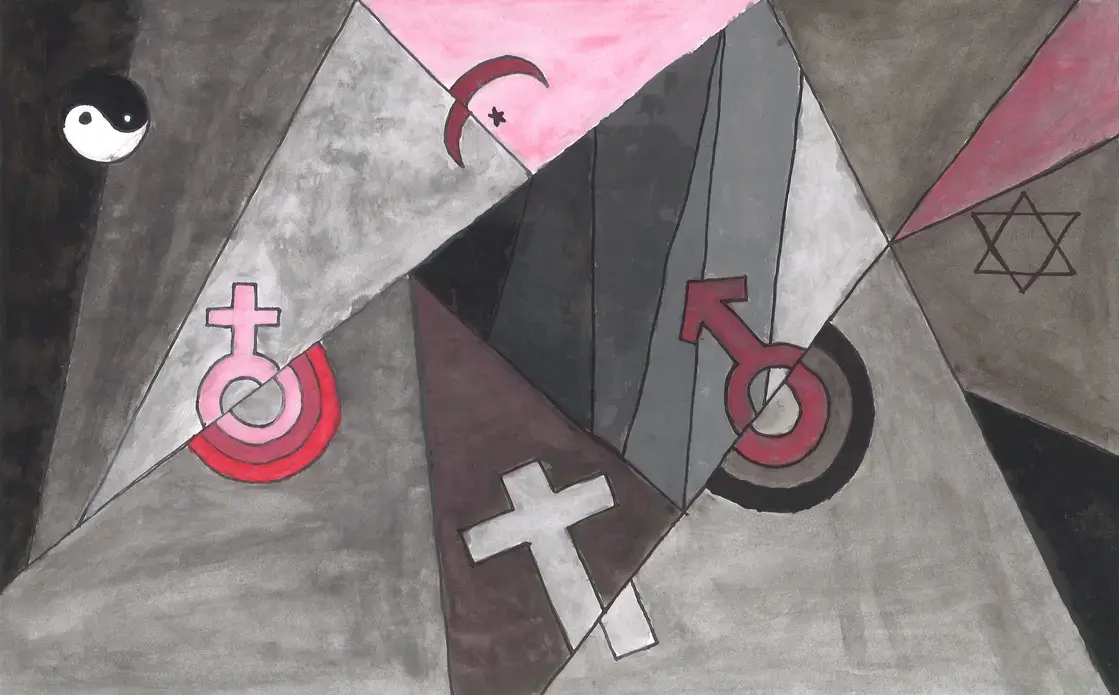
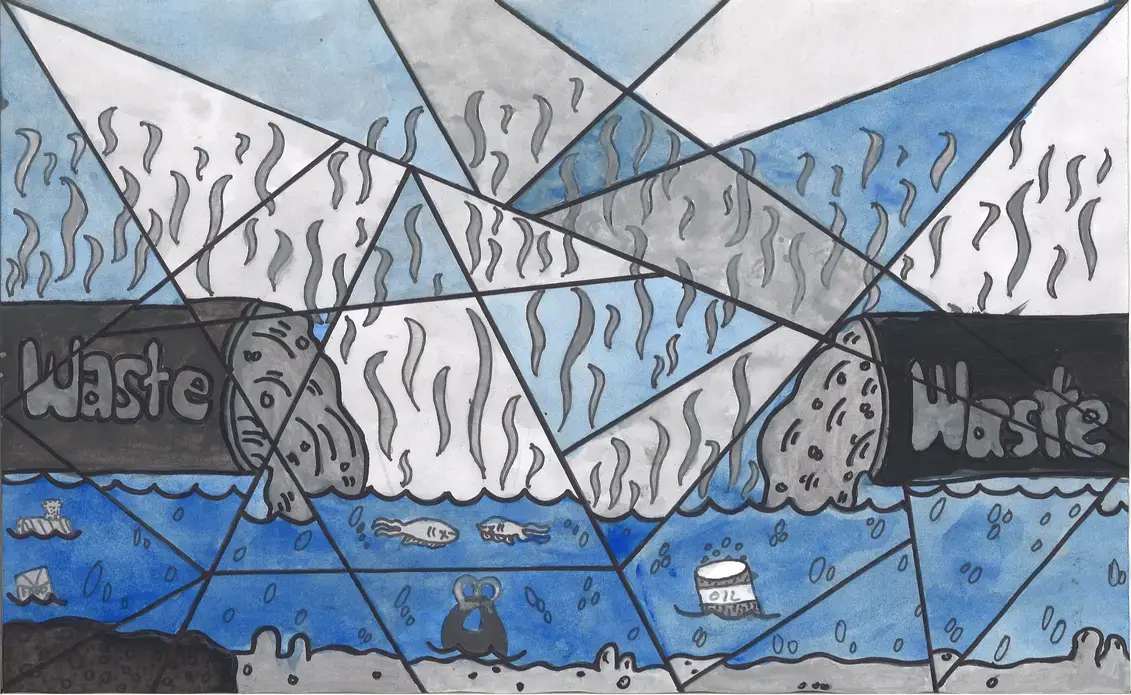
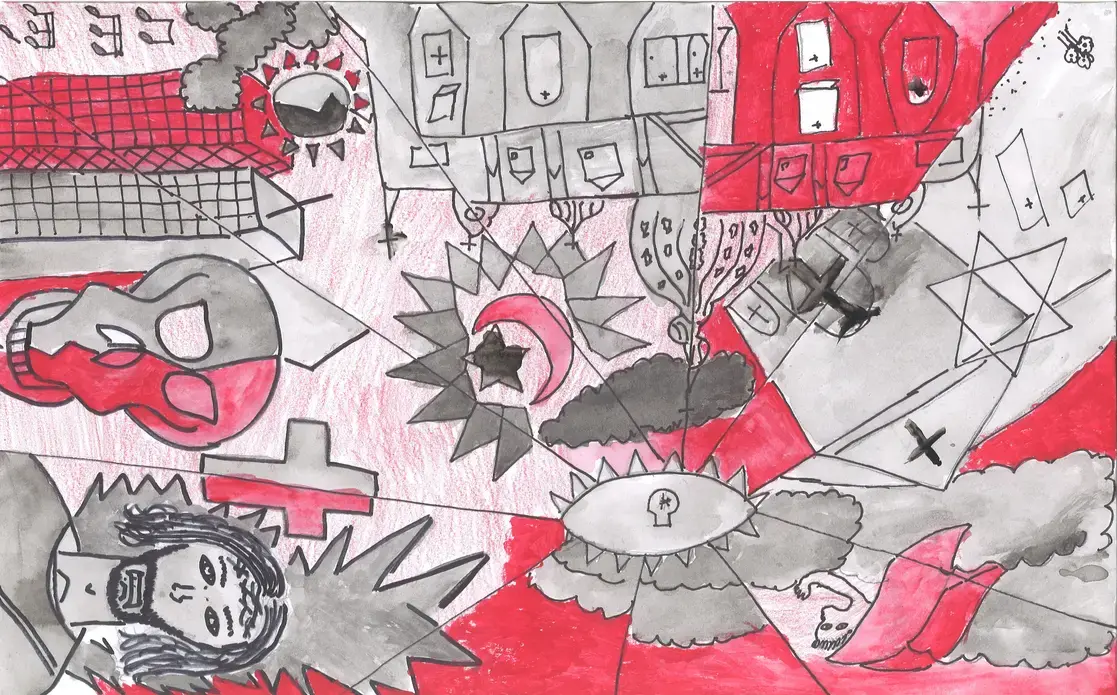
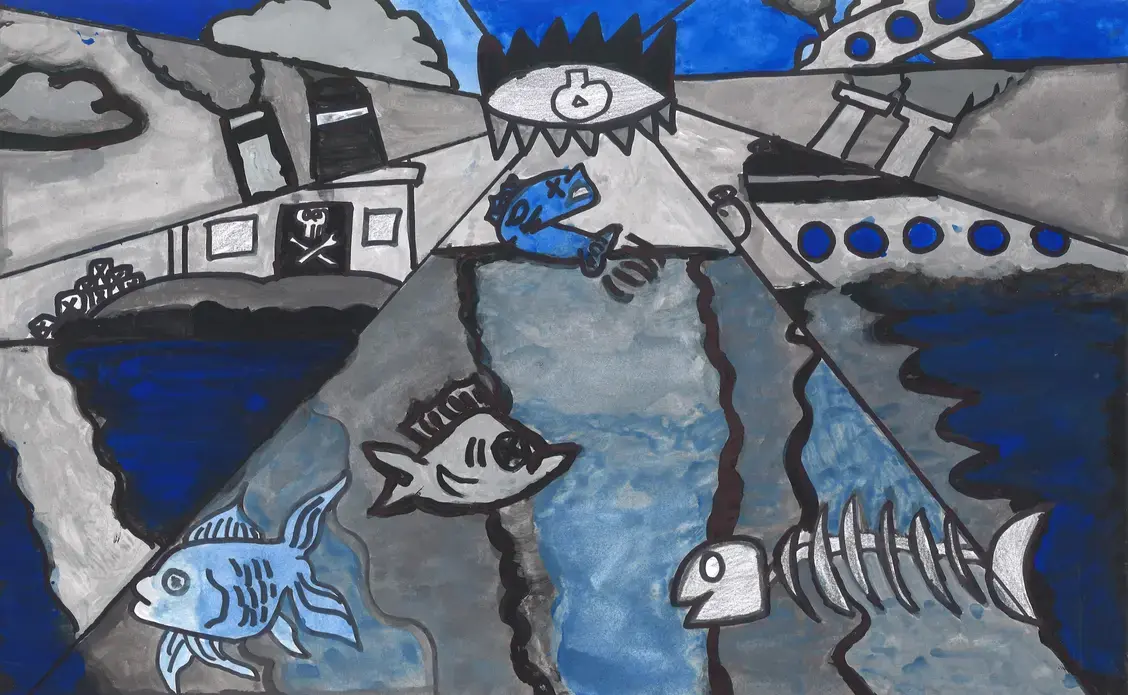












In school, it is interesting to see how a lesson can evolve over time. A quality teacher will administer a lesson, then make improvements in each subsequent lesson. This could be a simple change in procedure, or it could be a fundamental shift in the underlying purpose of the lesson. It is an essential job of an educator to continually improve one's curriculum to increase the opportunity for student success.
I have been an art teacher for many years, and in my experience an art lesson can change in many ways. For me, one of the greatest improvements upon a lesson occurred this year. What originated as a simple painting exercise developed into a partnership with the Pulitzer Center to explore global issues and present those issues artistically to a wide audience.
I have been teaching art to elementary students for twenty years at District 21 in Wheeling, Illinois. This year, I started teaching middle school for the first time. Consequently, I had to create a new curriculum from scratch. I wanted to base each lesson on a famous artist or significant artwork. I knew right away that I wanted to base an 8th grade painting lesson on Pablo Picasso's masterpiece Guernica. (1937, oil on canvas, Museo Nacional Centro de Arte Reina Sofía.)
I chose Guernica because, selfishly, it is one of my favorite artworks ever. Considered Picasso's masterpiece of Cubism, this 349,3 x 776,6 cm oil on canvas painting features primarily flat, bizarre shapes, anguished faces, and gray color. It is not what most would consider a "beautiful" artwork. But that's not why I love it. I love it because of the story behind it.
It is believed that Picasso painted Guernica to bring to the public an image of the horrors of war. Specifically, Guernica is a response to the German bombing of the village of Guernica in 1937 during the Spanish Civil War. Picasso's Guernica has since traveled the world bringing to light not only this one incident, but an overall message of the impact of armed conflict. I wanted to articulate to my students that an artwork's "purpose" does not necessarily to be a beautiful object. An artwork can be a conduit to inform viewers of an issue facing our lives.
My original objective for this lesson was to have students interpret a problem through the Cubist style of Guernica. The first time I taught this lesson to my 8th graders, I felt it was lacking. The student work was OK but something was missing. I felt it needed a little "Oompf," particularly in regards to the students' subject matter. The problems the students chose to show were generic and bland when compared to the message of Guernica. I wanted students to interpret a specific problem in the real world.
I contacted District 21's Information Literacy Specialist, Tracy Crowley for advice. She is a fantastic resource on creating active and engaging learning experiences. We talked about how to give my lessons more of a real world focus. We talked about "Authentic Learning." Authentic Learning is an educational technique that involves proposing a real world problem to students and then having students demonstrate understanding of this issue through an "Authentic" real world product. The Authentic Learning theory helps students develop skills to be successful in the real world while accessing intrinsic motivation to learn skills and content.
In developing an art lesson that utilizes Authentic Learning, it is important to consider the purpose of an artist in the "real world." The role of an artist is varied, but one of the main purposes of an artist in the real world is to get one's art "out there" to be seen by as many people as possible. This is where the Pulitzer Center came in.
In our conversation, Tracy mentioned the concept of "Artivism" that she learned from the Pulitzer Center's Education Department, in which artists use their platform to bring to light an issue facing our society. I mentioned how this related to my Picasso lesson and how I felt my students were having difficulty researching a real world problem. I had also not yet found a way to get our students' work out to as many people to see as possible. That's when the light bulb came on. District 21 has a strong collaboration with the Education Team at the Pulitzer Center.
Tracy then introduced me to the Pulitzer Center. First of all, their website is an amazing resource for teachers. Through their "Gateways" sections, they highlight global issues in a clear, independent manner. Each Gateway explores one issue in multiple ways, from multiple authors. The utilization of the website has proven a valuable instructional tool for my students.
When you are an art teacher, you repeat lessons from semester to semester, year to year. When I first proposed the Guernica lessons to my students, one of the problems my students' work faced was a lack of focus on a specific issue. The initial work was vague and generic. In subsequent lessons I focused my students' research on the Pulitzer Center's gateways. Not only are the gateways school-appropriate, but they also contain a variety of topics that will inspire every student.
Students spent a few days researching topics using the Pulitzer Center's website. Before they started their Picasso-inspired painting, students had to do a little writing—I know, I'm an ogre of an art teacher. Students had to explain the issue, who is affected, and if there are any solutions to the problem. Art takes careful planning and thought. No artist slaps paint around haphazardly.
Once the topic was chosen, students had to create a painting that highlighted the topic and made some connection to Picasso's Guernica. This interpretation was demonstrated in different ways. Most students gave their work a fractured, broken mirror quality Cubist works are known for.
One of the great qualities of Guernica is how its many symbols and figures unfold themselves like a mystery. Many of my students include Picasso's symbols to highlight their own issues. The lightbulb, the "evil eye", the fallen soldier, the weeping mother, the bull—these symbols can be interpreted many ways and can be wielded by an artist to convey different meaning from the same symbol.
When I gave the new and improved lesson to a new set of 8th grade students, the results were remarkable. By using the Pulitzer Center's website, the student work was more specific and focused. The students were engaged in these topics and showed a tremendous amount of creativity in their paintings.
The final component of an artwork is to be seen by the public. For most students, this means at the best that their work will be displayed on the walls of a school. But I wanted this lesson to be "more." Again, the Pulitzer Center came to my rescue. With the help of Tracy, we contacted Fareed Mostoufi, Senior Education Manager at the Pulitzer Center. Together, we developed a way to show my students work on their website.
Obviously, my students were thrilled at the possibility of having their work seen publicly. This enticement was a great motivator and showed through their work. Students researched, they wrote, they interviewed each other. The art project became so much more than a simple painting project. Students became engaged in global issues in a way I had not seen before. My connection with the Pulitzer Center helped this lesson evolve into something great. It is my hope to utilize the Pulitzer Center in future art projects.
Use the lesson plan "Interpreting Global Issues Through Picasso's Guernica"





